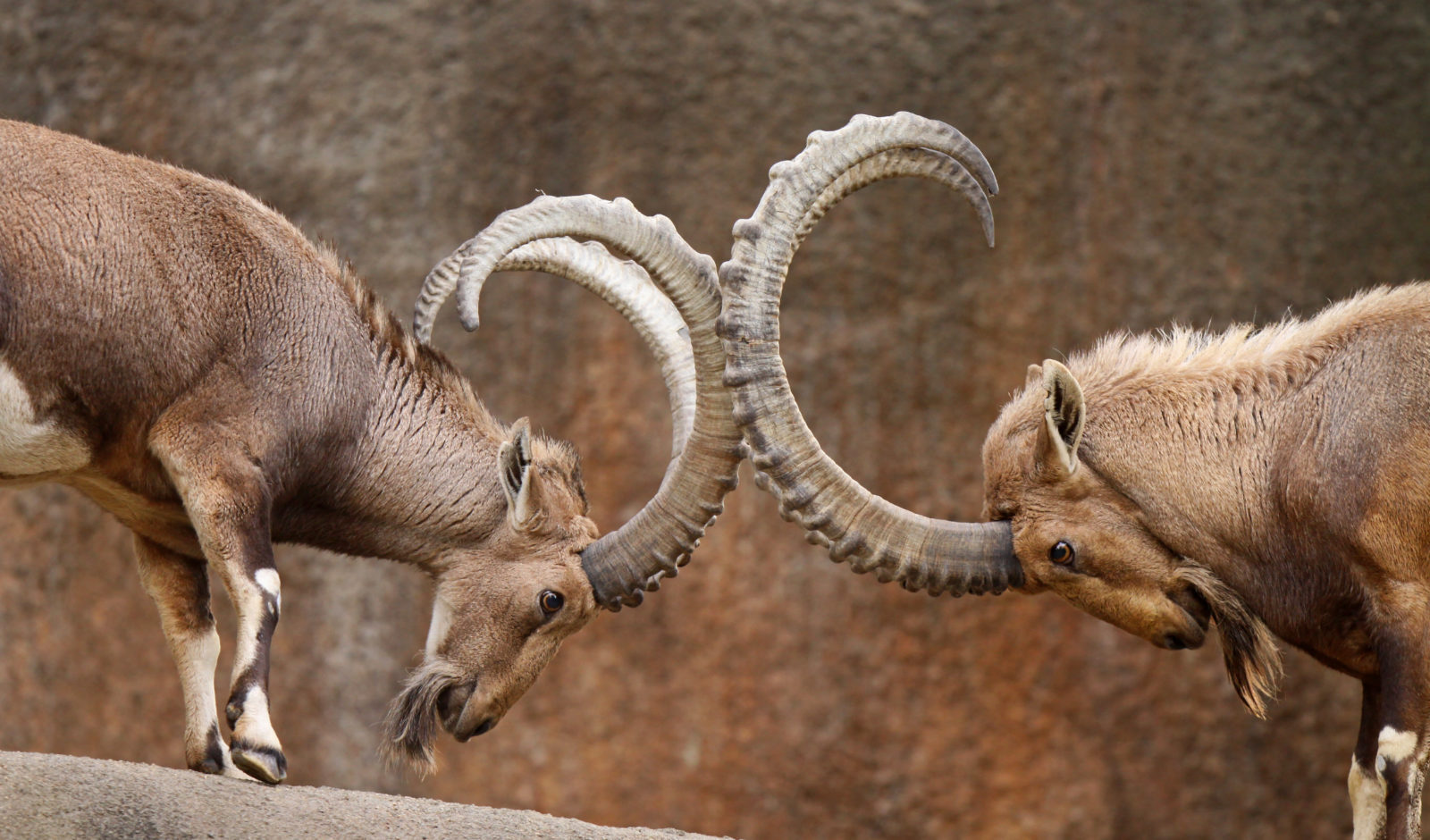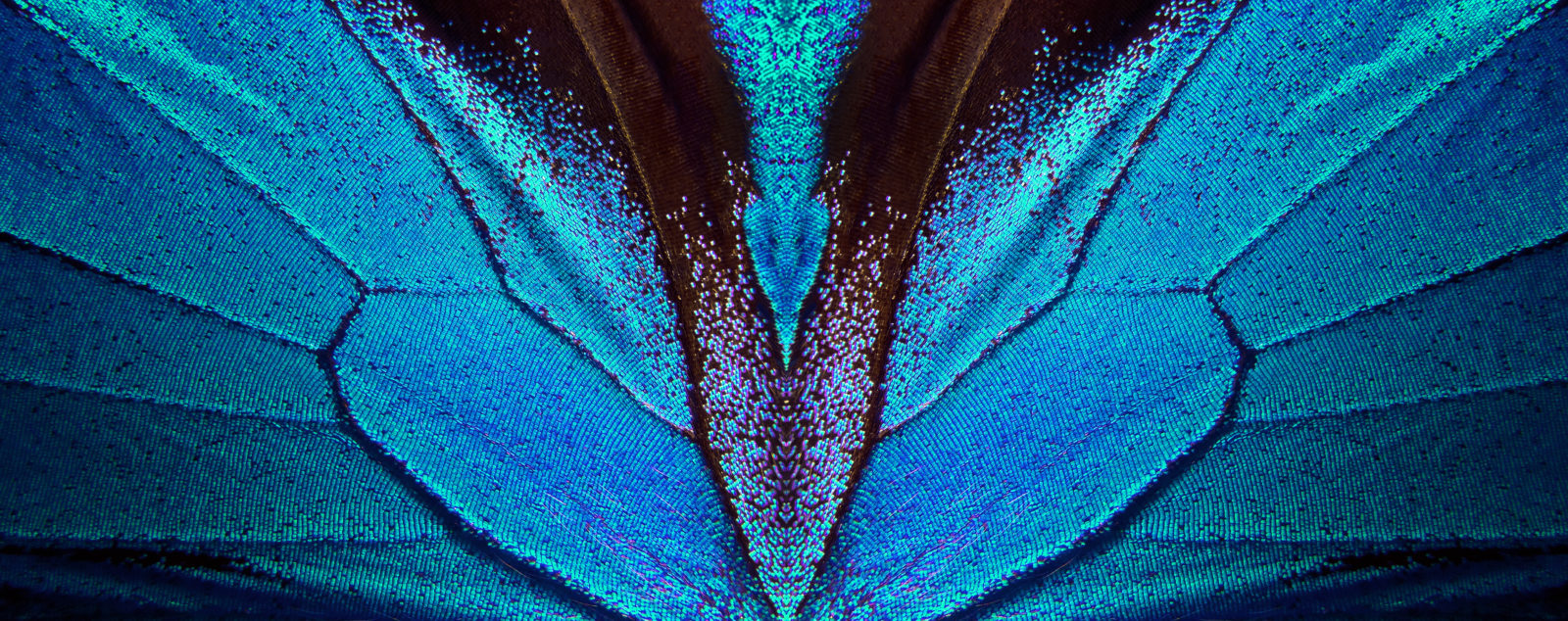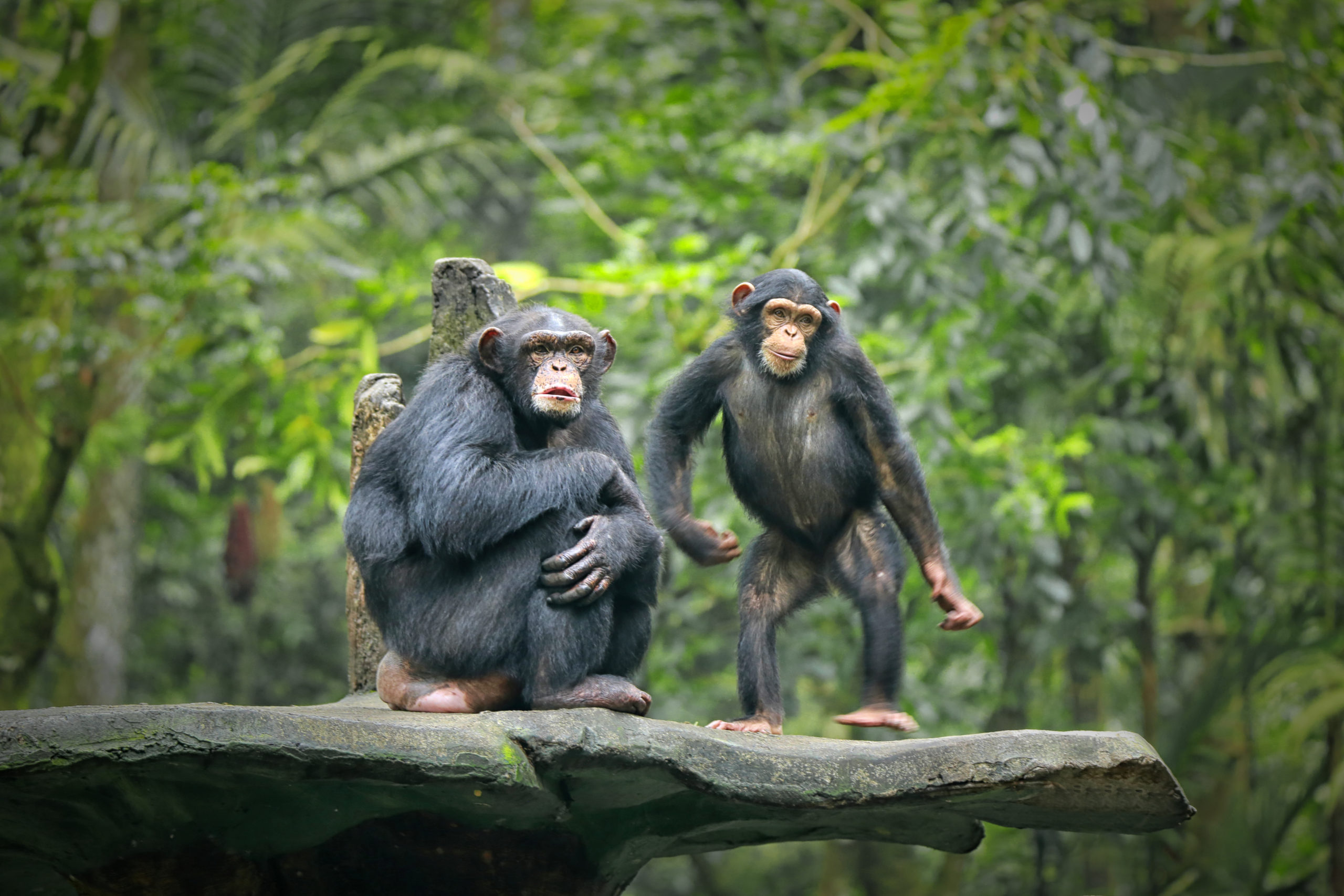Intelligent Design?
Three proponents of Intelligent Design (ID) present their views of design in the natural world. Each view is immediately followed by a response from a proponent of evolution (EVO). The report, printed in its entirety, opens with an introduction by Natural History magazine and concludes with an overview of the ID movement.The authors who contributed to this Natural History report are: Richard Milner and Read More ›




